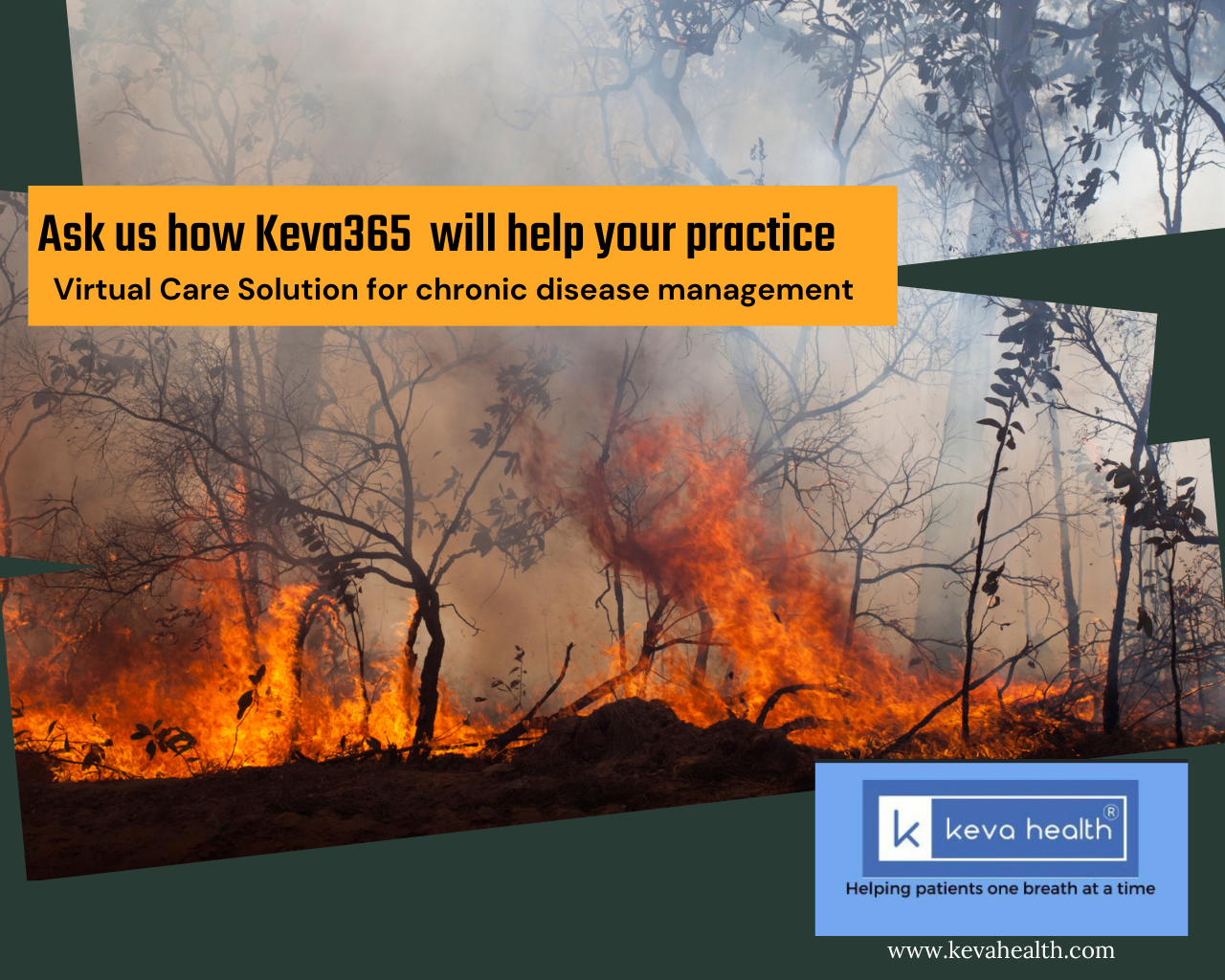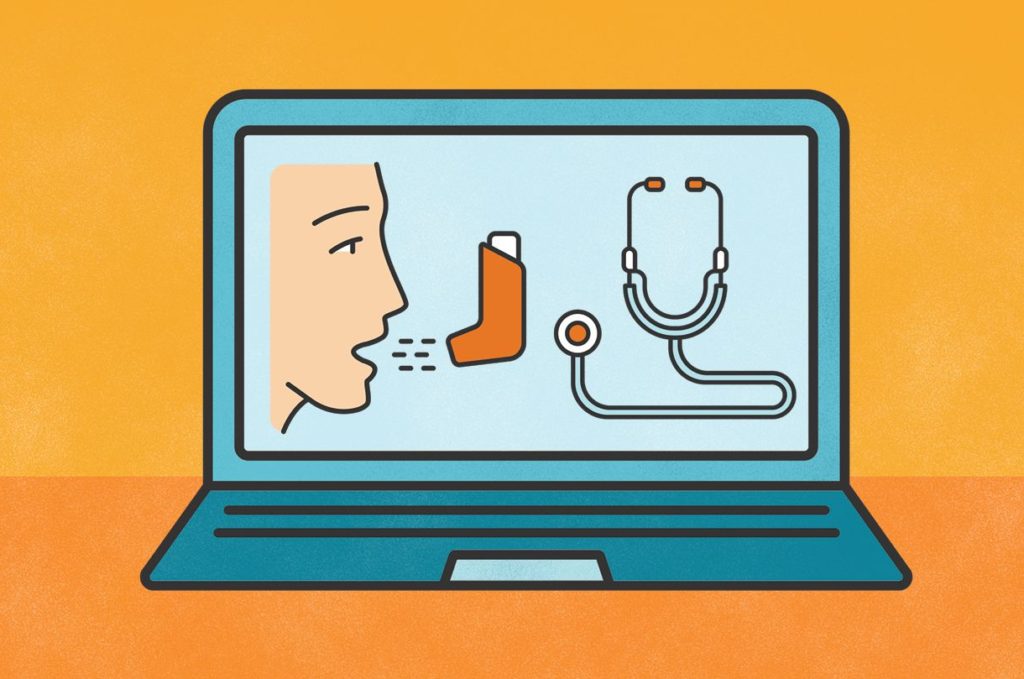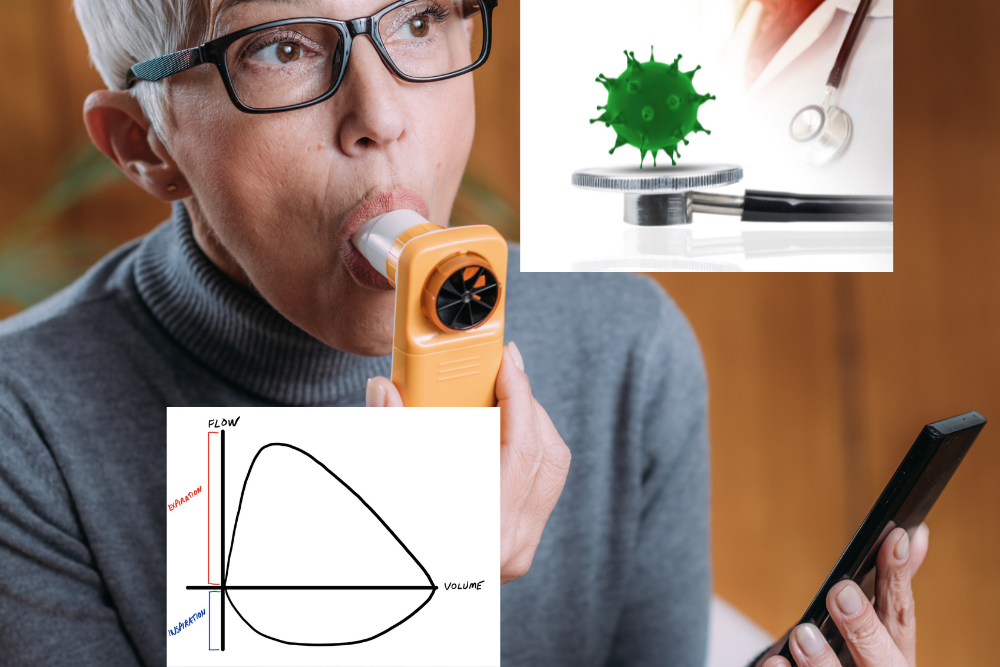
As Canada battles devastating wildfires, the impact on air quality becomes a significant concern, especially for individuals with chronic respiratory diseases. Poor air quality can exacerbate symptoms and pose serious health risks. Millions of people in North America are facing health risks due to poor air quality, as toxic wildfire smoke from Canada drifts across the continent.
AQI indicates how clean or polluted the air is around you. The index runs from 0-500 and the higher the number, the worse it is for your health. Anything from 151-200 is designated as “unhealthy”.
Check Air Quality in your local area now – In the USA, the US government has a site where you can check the air quality in your local area. Canadians can check local conditions here.
Another useful tool is IQAir’s updated rankings for air quality in major metro areas around the world.Further, we will discuss essential do’s and don’ts for chronic respiratory disease patients due to the bad Air Quality during wildfires in Canada and New York.
- Do Stay Informed: Stay updated on the local air quality conditions by regularly checking the AQI in your area. Government websites, weather apps, or air quality monitoring platforms provide real-time information to help you plan your activities accordingly.
- Do Limit Outdoor Activities: During periods of poor air quality, minimize your exposure to outdoor pollutants by limiting your time outside. Engaging in indoor activities can help reduce the intake of harmful particles and protect your respiratory health.
- Don’t Rely on Visual Cues Alone: While it may be tempting to assess air quality based on visibility, note that harmful particles, such as fine particulate matter (PM2.5), may not be visible to the naked eye. Always rely on official air quality reports for accurate information.
- Do Create a Safe Indoor Environment: Ensure that your indoor environment provides clean air for your respiratory well-being. Keep windows and doors closed, and use high-efficiency air purifiers with HEPA filters to minimize indoor pollutants. You may consider using a portable air purifier or cleaner in your home or workplace, according to the CDC. These help remove airborne particles, called aerosols, from the air indoors.
- Don’t Forget Medications: Adhere to your prescribed medication regimen. If you have rescue medications, keep them readily available. Consult with your healthcare provider to adjust your medication plan as needed during periods of poor air quality.
- Do Use Proper Face Masks: When outdoor activities are unavoidable, use N95 or N99 respirator masks specifically designed to filter out harmful particles. Regular surgical masks or cloth masks may not provide adequate protection against fine particles.
- Don’t Engage in Physical Exertion: Avoid strenuous activities that could lead to increased breathing rates. Physical exertion can cause you to inhale more pollutants, putting additional strain on your respiratory system.
- Do Seek Medical Advice: If you experience severe respiratory symptoms like difficulty breathing, wheezing, or chest tightness, seek medical attention promptly. Your healthcare provider can assess your condition and provide appropriate guidance.
- Don’t Ignore Warning Signs: Pay attention to any warning signs your body may give you. If you notice a significant increase in symptoms or worsening respiratory distress, take it seriously and act accordingly.
- Do Have an Emergency Plan: Create an emergency plan with your healthcare provider. Know when to seek immediate medical assistance or call emergency services if your symptoms escalate rapidly.
About Keva Health Keva Health’s platform is integrating innovative remote monitoring functionality with evidence-based self-monitoring programs for patients with chronic respiratory diseases to improve outcomes and reduce cost. Keva Health’s platform incorporates a variety of technological advancements, including Bluetooth connected devices and AI-powered analytics, to provide patients with personalized treatment plans and improve the overall quality of care. By utilizing these advanced technologies, Keva Health is able to increase access to care for patients, reduce the burden on healthcare providers, and improve patient outcomes. Keva Health’s platform is part of the growing trend of virtual care technology that is transforming the healthcare industry, and it is well-positioned to continue to play an important role in the future of respiratory care. Please contact us at [email protected] for more info.
Back to Keva Health Blogs



Leave a Reply
You must be logged in to post a comment.